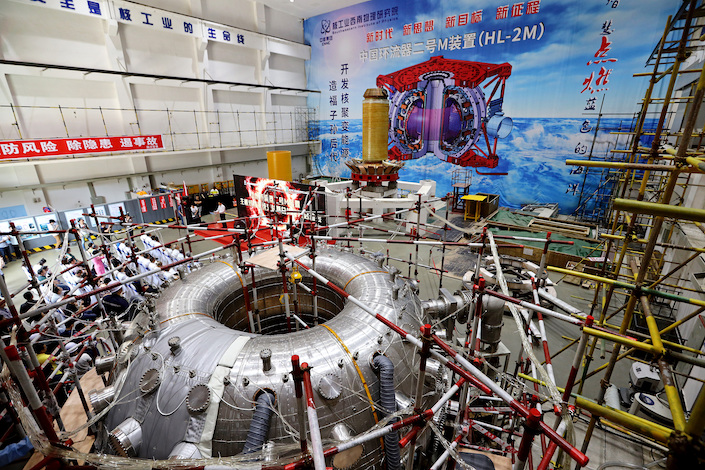Friends, let’s talk oil. The American shale boom, something we’ve taken for granted for over a decade, is staring down the barrel of a very real crisis. Production is hitting a critical juncture, and it’s not a pretty picture. Companies are slashing rigs and curtailing output, and it’s not just because of oversupply – it’s a profit problem.
Photo source:www.deviantart.com
The writing’s been on the wall, but now even the titans of the shale patch are sounding the alarm. Pioneer Natural Resources, a name you need to know, is bluntly stating that geological constraints are now trumping innovation. We’re past the point where fancy tech and slick operations can consistently unlock cheap oil.
This isn’t some temporary dip. This is a fundamental shift. The ‘easy oil’ is gone. What’s left requires increasingly complex – and expensive – techniques. We’re talking about diminishing returns at a scale that threatens the entire US energy independence narrative.
Let’s break down why this matters. Shale oil, or light tight oil, is extracted from shale rock formations using horizontal drilling and hydraulic fracturing (fracking). This process initially revolutionized US oil production starting in the 2000s.
Initially, these methods were incredibly profitable. However, over time, operators tended to drill in the ‘sweet spots’ – areas of shale with higher permeability and oil content. As these areas were depleted, operators drilled into less favorable zones.
The geological complexity of these zones increases drilling costs and reduces production rates. Unfortunately, the cost savings from technological advances have now been outpaced by these increasing geological challenges.
The implication is clear: expect less oil from the US, and potentially, significantly higher prices. Buckle up, because the energy market is about to get a lot more interesting.






